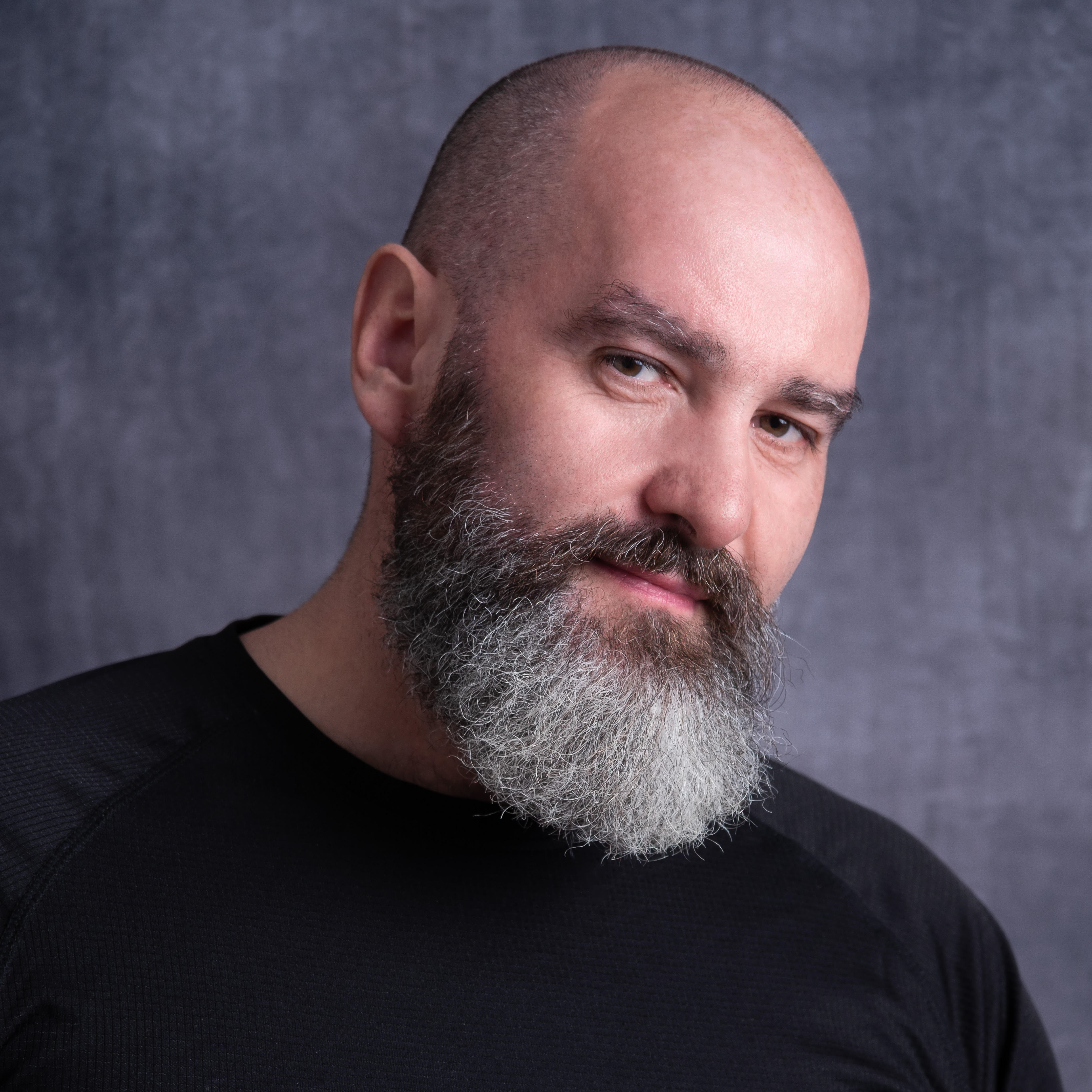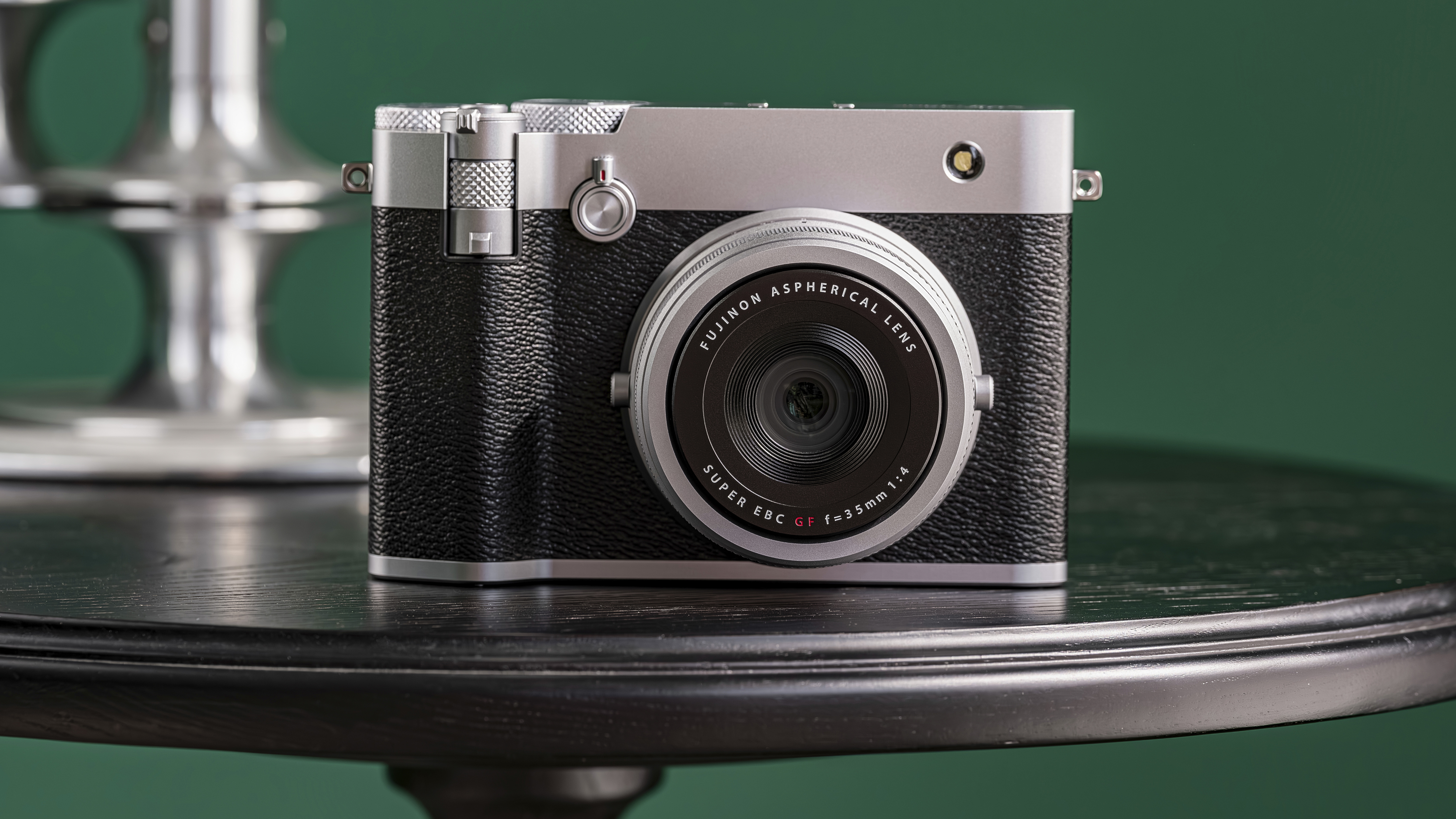Sunrise or sunset? Photographers should listen to their inner clock
Are you an early bird or a night owl? The secret to unlocking your best golden hour photos

Dawn or dusk? Are you an early bird or a nightingale when it comes to photography? Me? I can’t get out of bed in the morning. It’s a struggle.
My partner, on the other hand, likes to wake before their 06:00 alarm. The only time I see 06:00 usually is when I’m at a scout camp or when I’ve been up all night! I would truly love to see more sunrises, but they just don’t fit my lifestyle. Sunsets, however, suit me perfectly.
The golden hour moments that make landscapes (and portraits, too) more vibrant have so much to offer us. Both deliver unique experiences that appeal to different temperaments and lifestyles.
The 'early bird' is rewarded with the peace and solitude of dawn. The beginning of the new day, as night fades. The chances of still winds and fog on water are greatly increased, providing atmospheric and ethereal scenes for those leaving their early bed.
Early birds may well be the only people for miles around, surrounded by the predawn color, waiting for the sun to peep over the horizon. They get to savor moments of beauty, which can lighten their load for the day.
The 'nightingale' comes to sunset after the day is complete. They get to share these moments with friends and colleagues, winding down as the day ends. The color leading up to sunset can be amazing, but nothing like the color that can build as the fading light reflects off high clouds and down.
Evening color can be more intense and vibrant, with more muted tones in the mornings. Sunset is easier. Everyone can enjoy it, but not everyone is around for sunrise.
The best camera deals, reviews, product advice, and unmissable photography news, direct to your inbox!
Some of this is biological. Scientists recognize that we have different 'chronotypes'. Some of us are larks and others are owls. I’m definitely of the owl variety; 40% of people are one or the other, with everyone else somewhere in between.
Those with ADHD (attention deficit hyperactivity disorder), like me, have what’s referred to as a 'delayed circadian rhythm'. They prefer later hours. Now, being an owl doesn’t mean you have ADHD, just that some owls do. So you may not have control over your preference – it may be genetically programmed into you.
Light itself differs between dawn and dusk. Morning light is blue light, which suppresses melatonin and increases cortisol – hormones that wake us up and energize us. Evening light is more red-orange, which has a less disruptive effect on melatonin production, easing us toward sleep.
The hustle of landscape photographers selling you morning workshops at ungodly hours shouldn’t make you feel bad about loving the sunset. The late-night lovers that go for sunset shots and stay for the Milky Way when you’re winding down shouldn’t make you feel like an inferior photographer.
Embrace your biology and love for your choice of golden hour. Never be afraid to give the other one a chance.
No matter which one you choose, remember we are blessed to be able to experience the miracle moments of the beauty of nature. That we get to experience them and photograph them to share with others is true joy. Never feel bad for your favorite, but don’t be afraid of getting up early or going to bed late every now and again!
You may also like…
Check out more landscape photography tips, and make sure you're using one of the best cameras for landscape photography and the best lenses for landscapes.
Sean McCormack is a commercial, and editorial photographer, book author, and regular contributor to Digital Camera magazine based in Galway, Ireland. He has extensive experience with Lightroom, dating back to its original beta version, and has tried out just about every plugin and preset available. His latest book is Essential Development 3: 25 Tips for Lightroom Classic’s Develop Module.
You must confirm your public display name before commenting
Please logout and then login again, you will then be prompted to enter your display name.

